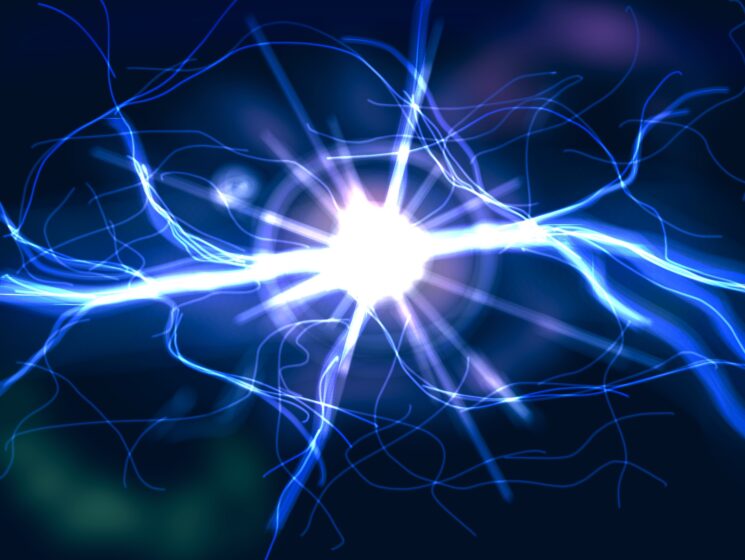
By Lilian Nguyen
The Sun and stars, all powered by a reaction called nuclear fusion. If for a moment we could harness the energy that fuels these balls of hot plasma, what could we do with it?
To start off, nuclear fusion reactions that power the Sun and the vast arrays of stars in the universe begin with two light nuclei which merge to create one large nucleus. Because the leftover mass from the single large nucleus is less than the two starting nuclei, the remaining mass is the energy that can be used.
This difference in mass that is released as energy can be described by Albert Einstein’s most famous equation E = mc2
For scientists, replicating this reaction from machines on Earth could mean a breakthrough in energy production.
Last month, there was a groundbreaking discovery in nuclear fusion research where a reaction finally resulted in a net energy gain. This means that the output of energy from the reaction was more than the energy that the researchers put in.
The National Ignition Facility in California had put in 2.05 million joules of energy and the reaction produced a release of 3.15 million joules–more than a 50% gain in energy from the starting amount.
Even though nuclear fusion can produce zero-carbon emissions, there is still a very long way until nuclear fusion can be used as an actual viable energy source.
If researchers however can find a way to continuously harness the energy from nuclear fusion, then that means there can be a safe and clean energy source that can power the plant for the next thousands of years.
For now, while this breakthrough is very significant, there is still a very long way to go and make fusion a source that can power the whole world. But for now, this is a big step for mankind in helping the world last a little longer for future generations to come.





